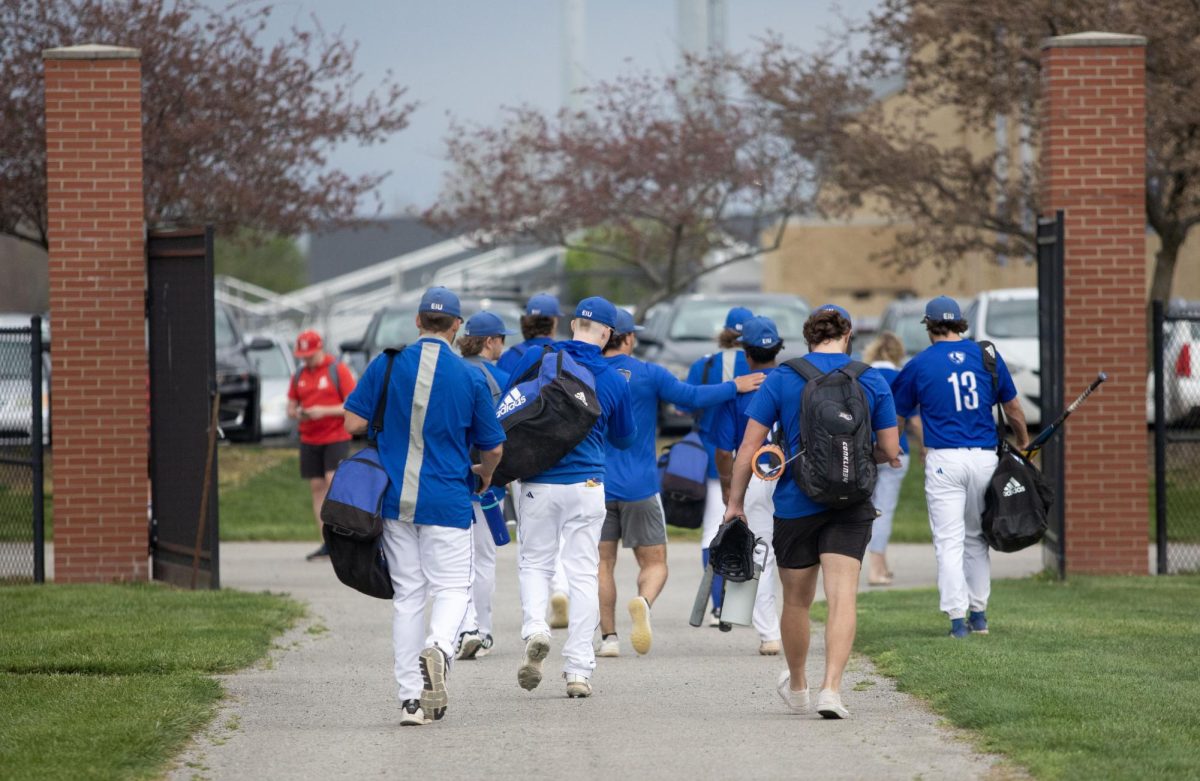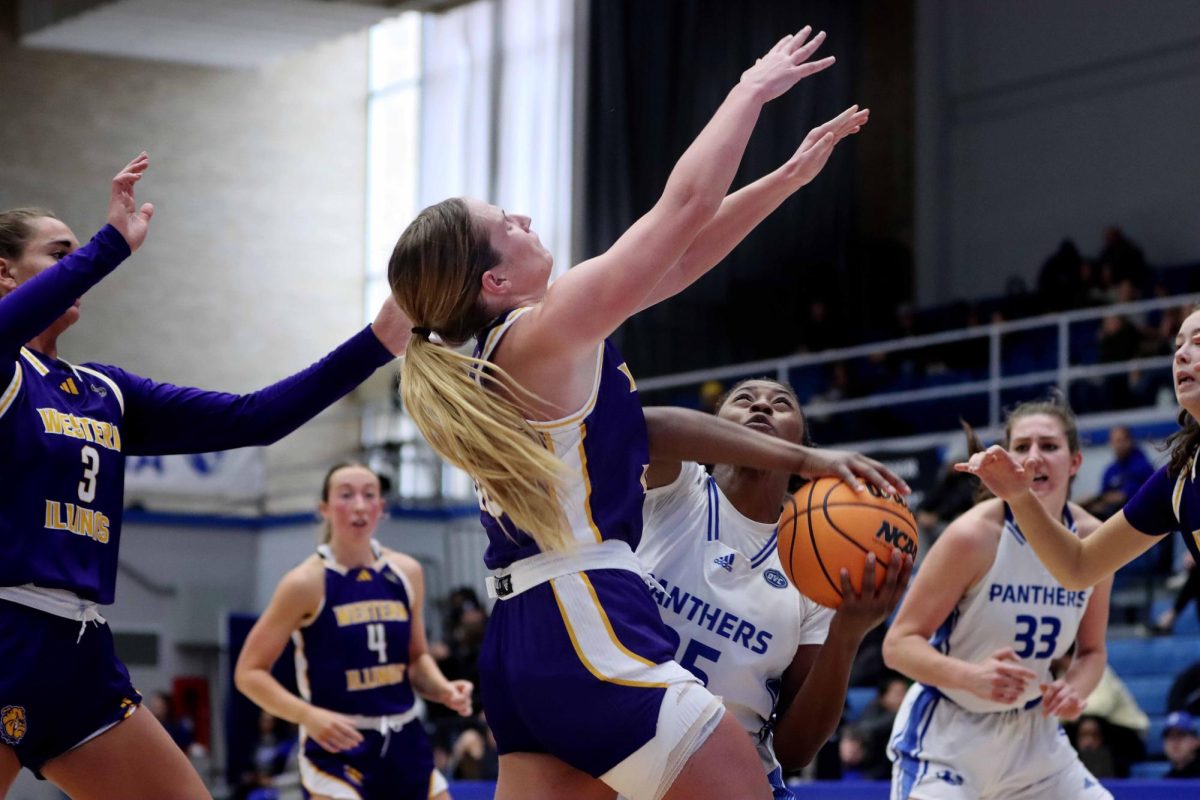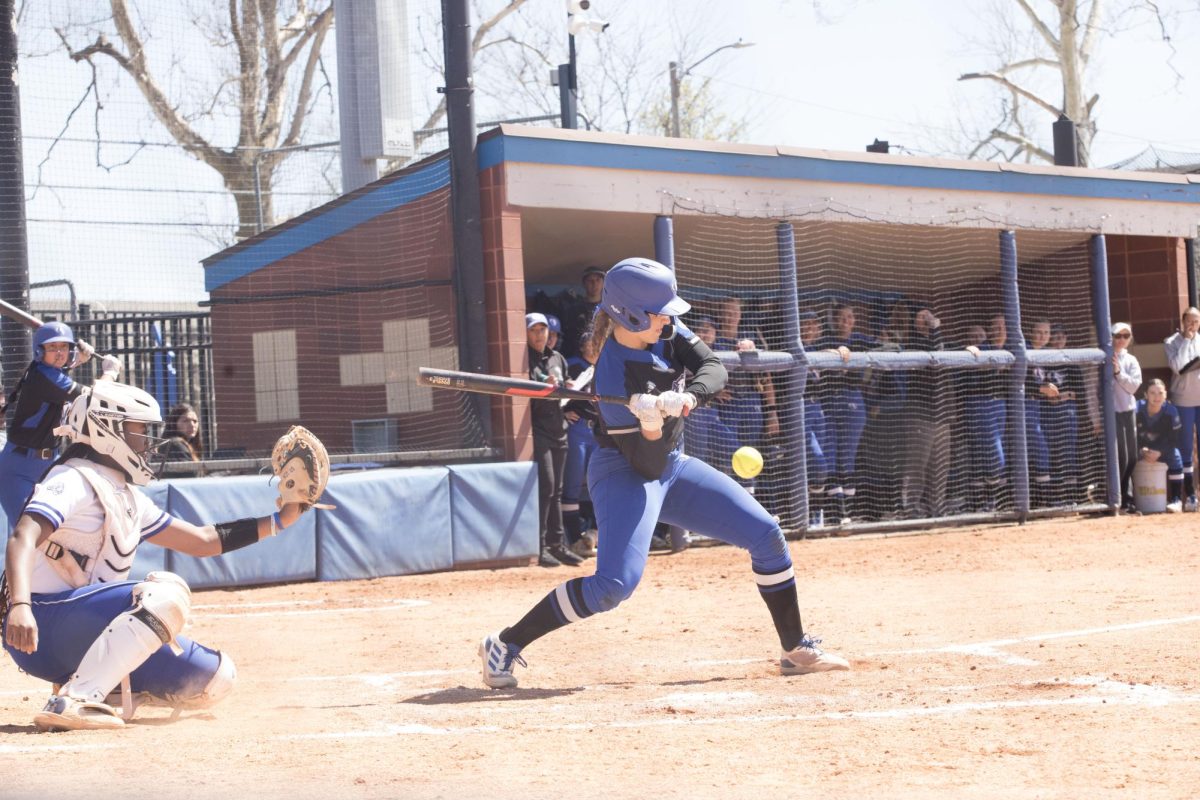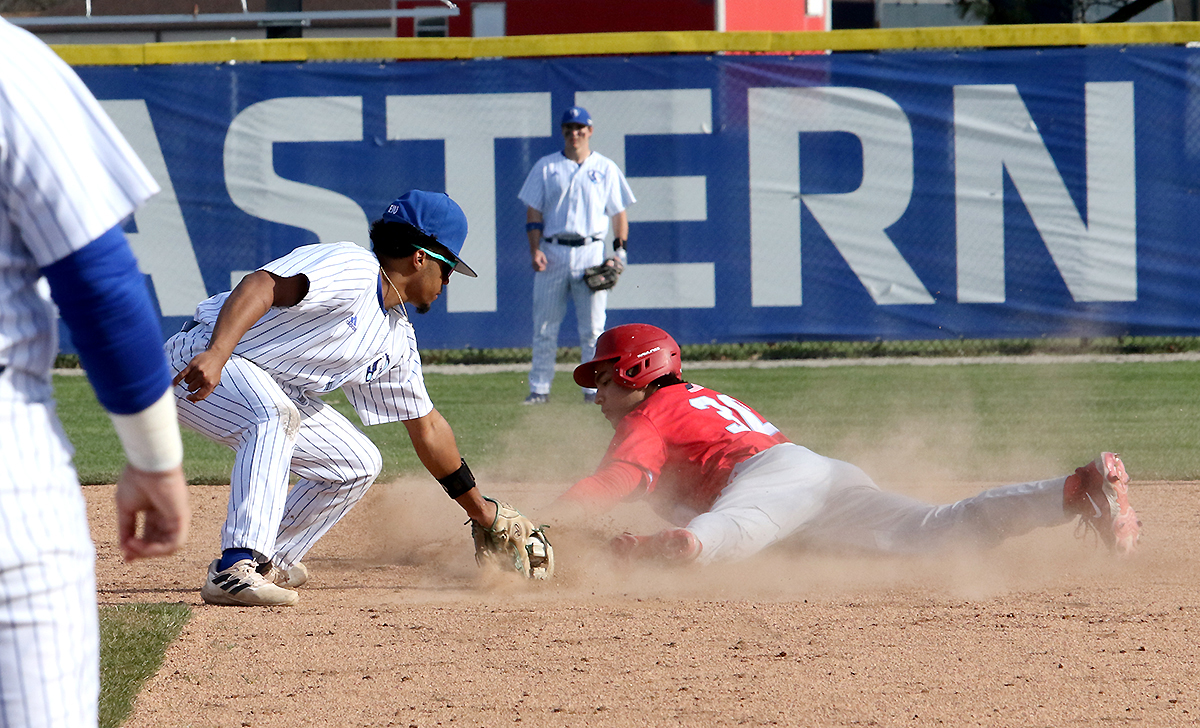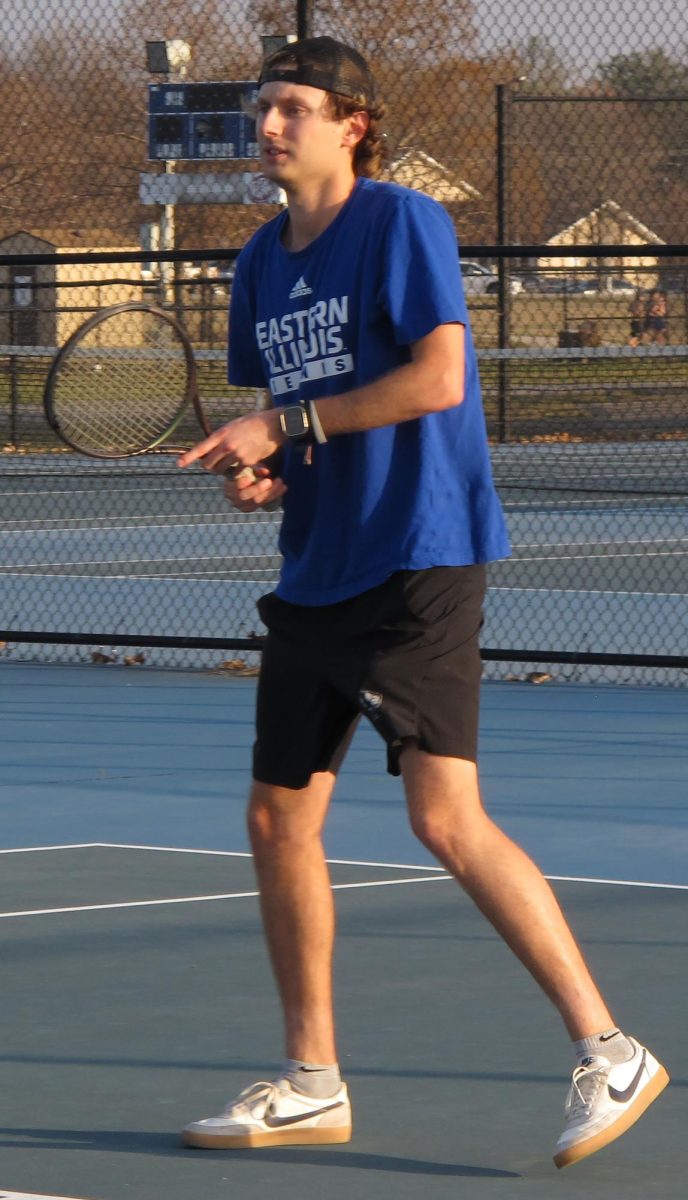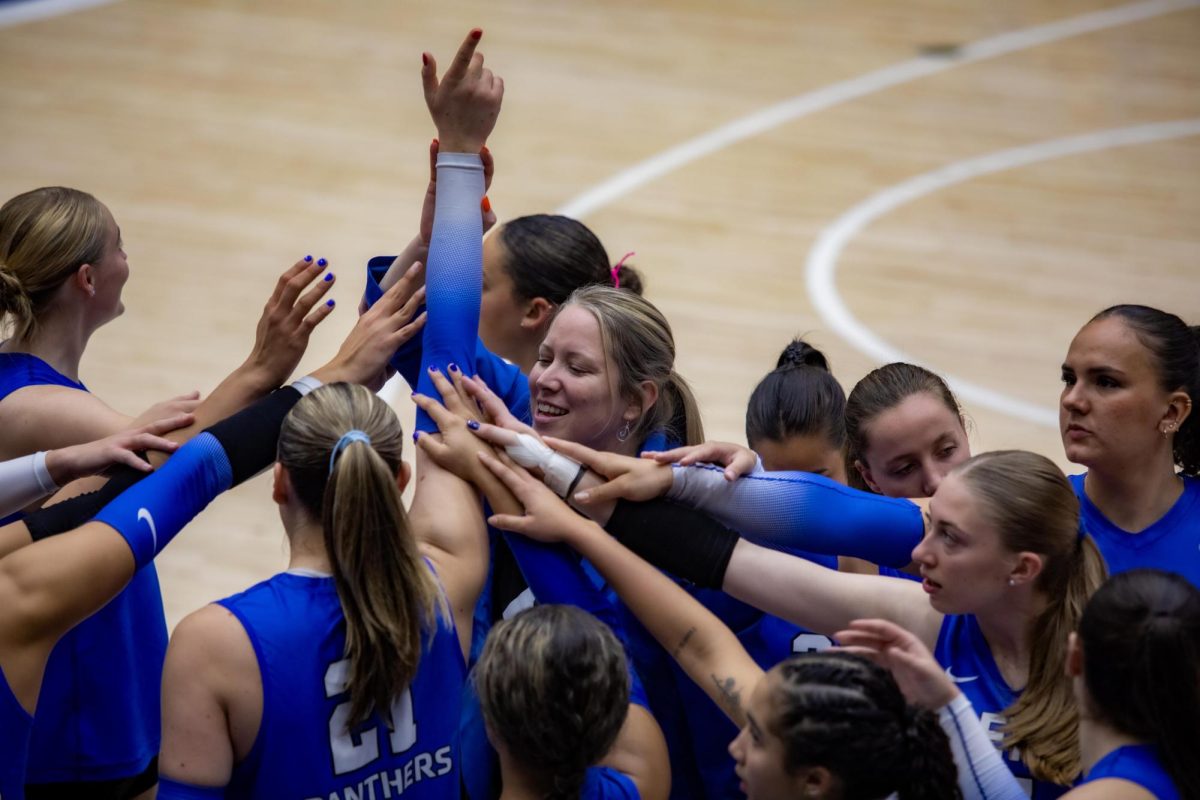Football team talks dangers of the sport
October 23, 2017
Isaiah Johnson and Nick Horne, both players on Eastern’s football team, worry about the chance of getting Chronic Traumatic Encephalopathy, but both also said they do not play scared because of it.
Horne, a redshirt senior linebacker, said he has done research on CTE, and he definitely worries about brain damage from playing.
“It’s the game of football, a lot of things can happen. I feel like it’s just like cancer, you never know how you get cancer or when you can get it, and it just comes,” Horne said.
CTE is a degenerative brain disease often found in athletes, military veterans and others with a history of repetitive brain trauma. According to the Concussion Legacy Foundation, early symptoms of the disease, including memory loss, confusion and the chance of eventually getting progressive dementia, usually appear in a patient’s late 20s or 30s.
It has been seen in people as young as 17 according to the Concussion Legacy Foundation.
Johnson, a junior running back, said he thinks about CTE and brain trauma “day in and day out,” but that if he was granted the chance to play at the next level, he would take it. But ultimately if it came down to his life, he said he would make a smart decision.
“We had a motivational speaker that played ball and he was telling us, he played for the Colts, that he wouldn’t even let his kids play football until high school (because) the fact that the brain has to develop,” Johnson said. “Listening to him say that, him being the professional, it said a lot to me too (because) it made me think more about it (because) I was just like, ‘man maybe there is something much more to it.’”
Like Johnson, who said he would take the chance to play at the next level, Horne does not let the worry of CTE deter him from playing. He said the worry becomes an afterthought while he is playing, adding that players cannot play “timid” in football.
CTE has gotten more and more attention recently, and The New York Times published a story on July 25 with results from a study of football players’ brains. The study, done by neuropathologist Dr. Anne McKee, examined the brains of 202 deceased football players, 111 of which played in the NFL. Of the 111, 110 of the brains of former NFL players had CTE.
Another story from The Times published January 31 discusses how U.S.A Football, the national governing body for amateur football, intended to “drastically” alter youth football because of declining participation and the increasing public belief that the game is not safe for children to play.
The story mentioned worries about youth football are mounting after evidence of long-term cognitive dangers from playing grows. In fact, the story says that last year the N.F.L.’s top health and safety officer acknowledged for the first time the link between CTE and brain trauma sustained on the field.
Eastern’s head football coach, Kim Dameron, said he believes people have become more aware of the dangers of head trauma.
“When I was playing, years and years and years ago, it was ‘Oh you got your bell rung, you’re alright.’ And as soon as you kinda came to you were fine.”
He said he has had a concussion, but that back then they did not call it that. Now, he said, everything is safety first.
Dameron, Horne and Johnson said they do think tackling the correct way (shoulder-first not head-first, with eyes up) and running the ball the correct way (not to lower the crown of your helmet and lower your shoulder instead) are important to play safe.
All three said helmets have gotten better to help with safety, but ultimately, football still presents a danger.
“Any time it’s a physical activity, and you’re in any type of combative environment and bodies come together, it just happens,” Dameron said.
Dillan Schorfheide can be reached at 581-2812 or dtschorfheide@eiu.edu.














